Comparison of Early 991 Porsche 911 Carrera and Carrera S|Used Car Buyer’s Guide
公開日:2020.12.02
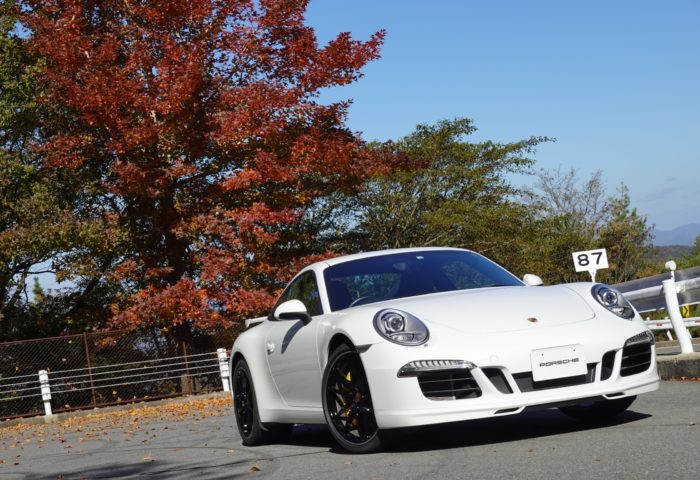
Thank you always for reading the blog. My husband wrote this article, so if you’re interested, please take a look.
Porsche 911, Early 991 Model
Recently, I was able to borrow a bare-bones early 991 Carrera 911 as a loaner while my Boxster was in for inspection. Around the same time, I was also fortunate enough to get behind the wheel of a early 991 Carrera S 911. Having the rare chance to drive both the Carrera and Carrera S from the same era, and with quite different options on each, I made a number of interesting discoveries.
This time, I’d like to focus on those points in my review.
The early 991 is, for now, the last regular model 911 to feature a naturally aspirated engine. The base Carrera is powered by a 3.4-liter engine, while the Carrera S sports a 3.8-liter unit. Both come with a 7-speed PDK automatic transmission, producing 350ps and 400ps respectively.
First, let’s start with the base Carrera. This particular Carrera is quite a rare spec. Key options include the Cup Aero body kit, PCCB brakes, and a sports exhaust—giving it a very hardcore setup. Yet, the suspension is standard without PASM.
So, I want to focus on the combination of PCCB brakes and standard suspension without PASM in this report.
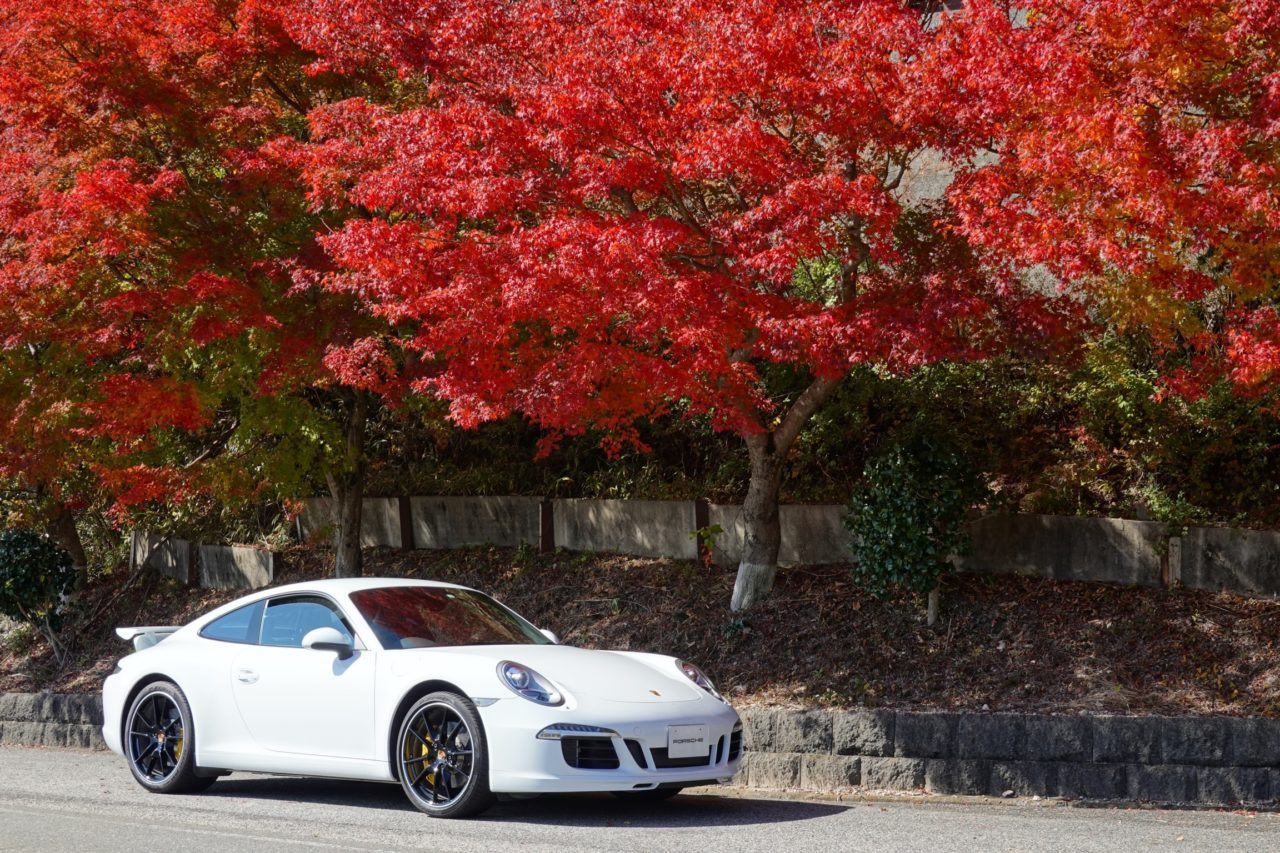
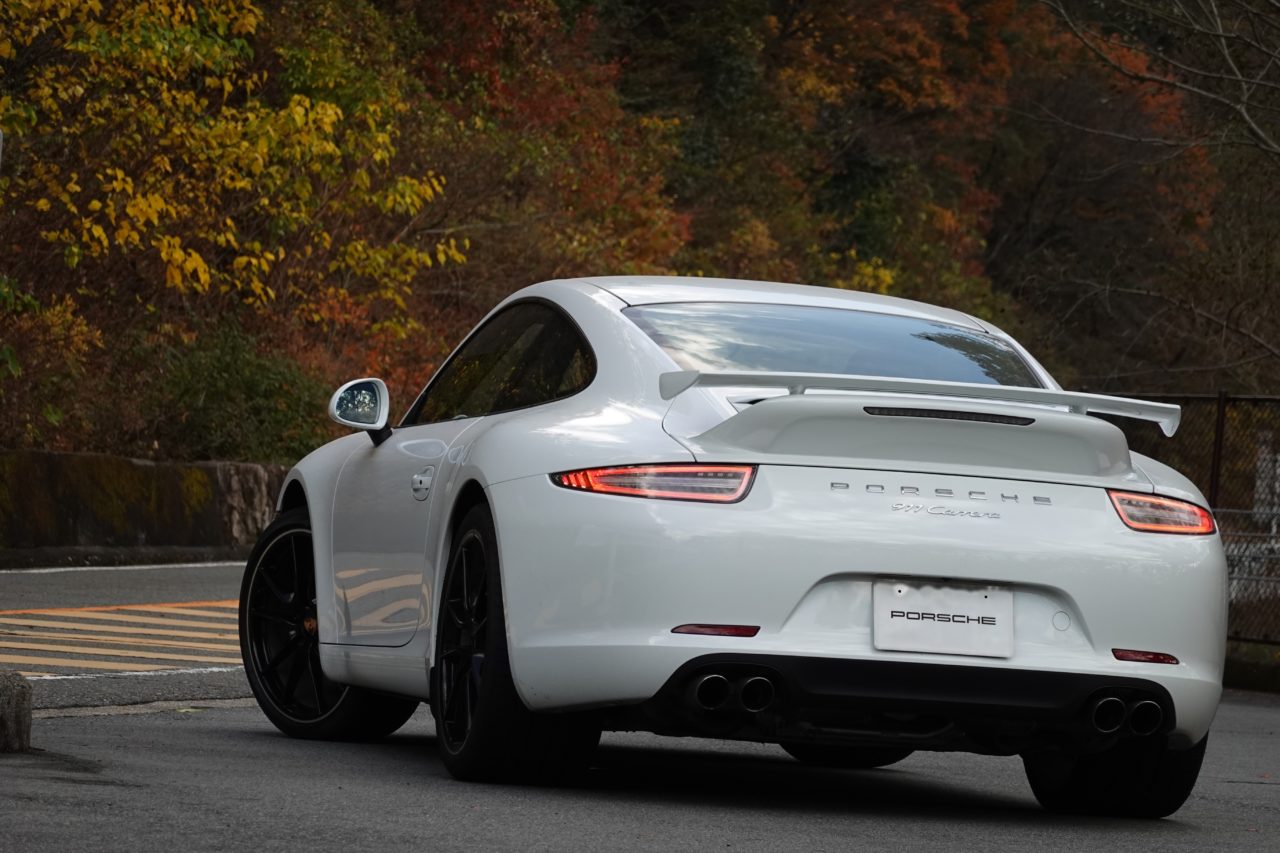
Genuine Cup Aero body kit installed
Early 991 Base Carrera
The 3.4L engine in the base Carrera is the same as the one in our Boxster GTS. However, power is 350ps here, 20ps more than the Boxster’s 330ps.
First, the engine sound when started is deeper and a bit quieter in the 911. Shifting the PDK into D and setting off, the engine feels heavy and a bit restrained. This particular car has only 25,000 km on the clock, but perhaps due to a long loaner life mostly spent in city driving, the engine hasn’t been revved much.
It feels like something is caught in the throat—its natural, beautiful voice isn’t fully unleashed, and it’s not quite in top form. This reminded me once again that an engine really needs to be revved moderately to stay healthy.
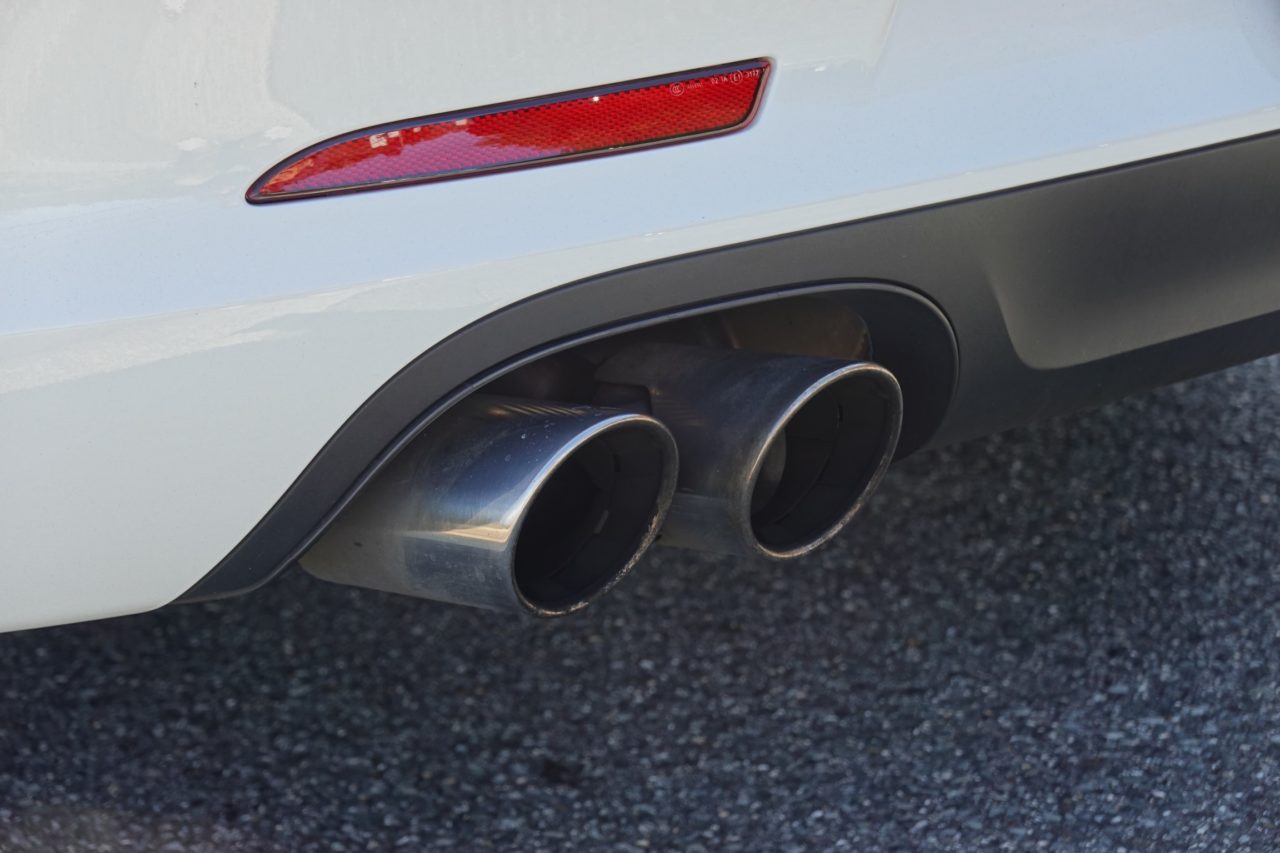
Compared to the Boxster’s curb weight of 1360kg, the 911 Carrera weighs about 1430kg, roughly 70kg heavier. Despite the 20ps power difference, the 911’s initial response feels a bit milder.
The PDK shifts smoothly with minimal shock, and the standard suspension without PASM transmits small bumps at low speeds. I’ve experienced several PASM-less suspensions before, and while the degree varies by model, the biggest difference compared to PASM-equipped suspension is the ride comfort at low speeds.
So, once you get up to a certain speed, the difference becomes less noticeable. This car’s ride also became flatter and more composed as speed increased.
By the way, this car also features PCCB brakes. PCCB not only delivers excellent braking performance but also significantly reduces unsprung weight. Compared to cast iron brakes, PCCB weighs about one-third to half as much, which is said to greatly influence ride quality.
However, in this case, the combination of standard suspension without PASM and PCCB was, personally, not very ideal. While I could feel the lightness at the wheels, it seemed to backfire by reducing the plushness that weight usually provides.
Of course, this is less noticeable at higher speeds, but at low speeds, the ride comfort seemed negatively affected. Porsche’s option combinations are truly deep and complex.
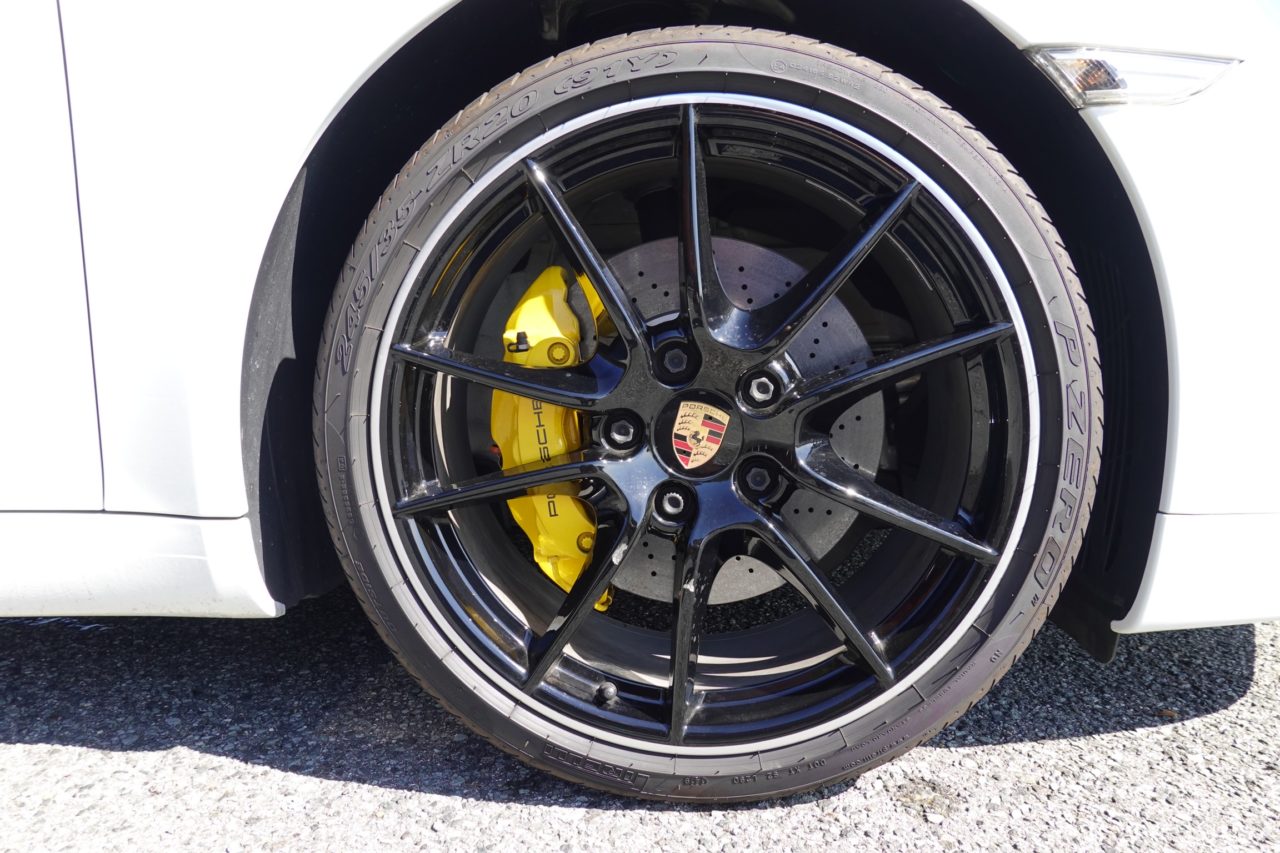
Needless to say, PCCB brakes deliver outstanding stopping power and control. In fact, I think these brakes work even better at low speeds than those on my GT3. On winding roads, the braking margin is incredible. Truly, these brakes are worth their high price.
Honestly, the difference in braking performance compared to standard brakes is huge.
Trying a few corners on my usual winding road, I noticed a bit more body roll. This feels different from PASM-equipped cars. With PASM, the body rolls but feels like it’s holding firm from the start. Without PASM, the body rolls slightly at first, then stops rolling at a certain point, holding steady through the corner.
Of course, there’s no sense of instability or difficulty controlling the car, but the difference in behavior is interesting to compare.
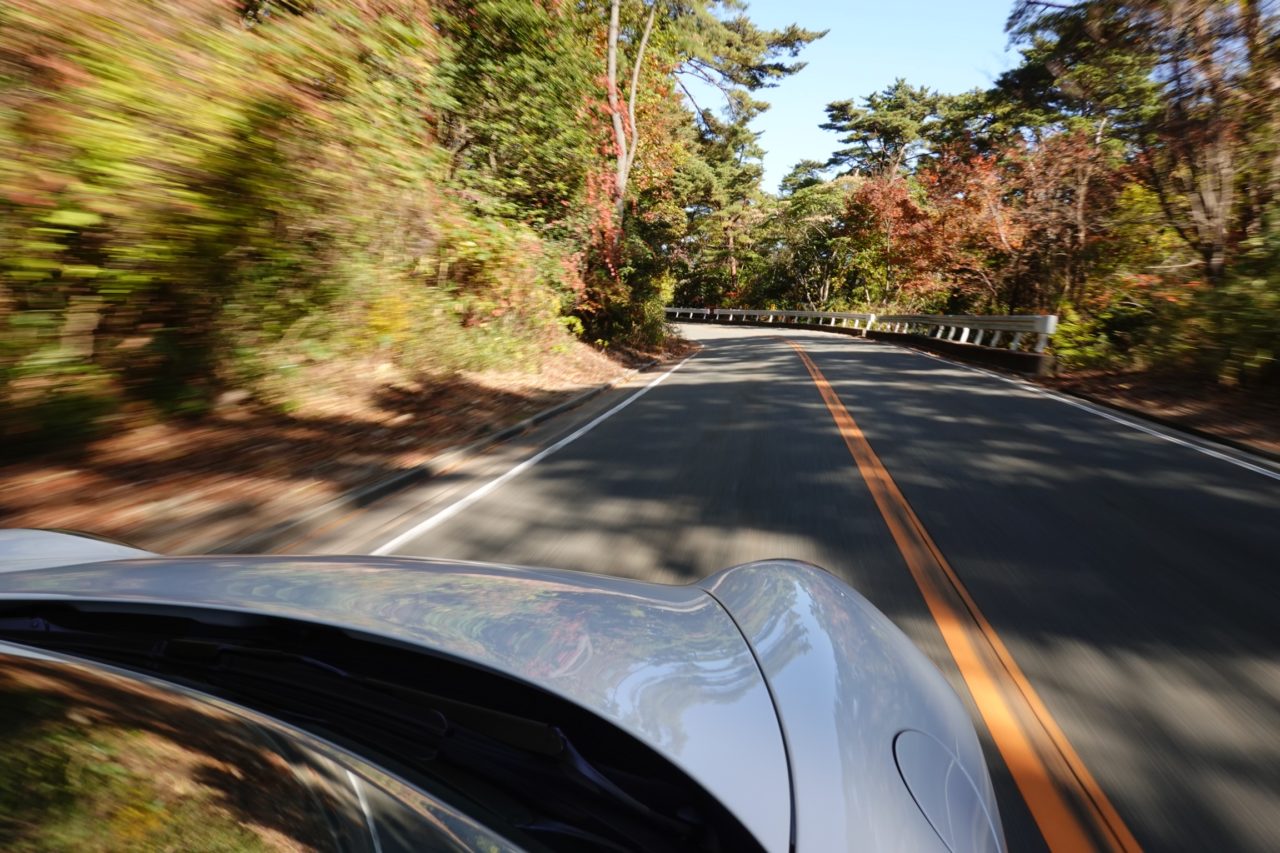
Revving the engine on a straightaway, you really hear the beautiful sound unique to a naturally aspirated engine. Once the throat clears, the engine finally lets out its true roar, though it sounds a bit deeper than the Boxster’s. This is likely influenced by differences in engine placement and exhaust length.
Still, fundamentally they sound quite similar. The 20ps power difference is not something I can really feel. The power delivery feels almost the same.
| Next page → Porsche 911 (Early 991) Carrera S Review: Differences from Base, Engine Details |
このブログが気に入ったらフォローしてね!


Comment ( 0 )
Trackbacks are closed.
No comments yet.